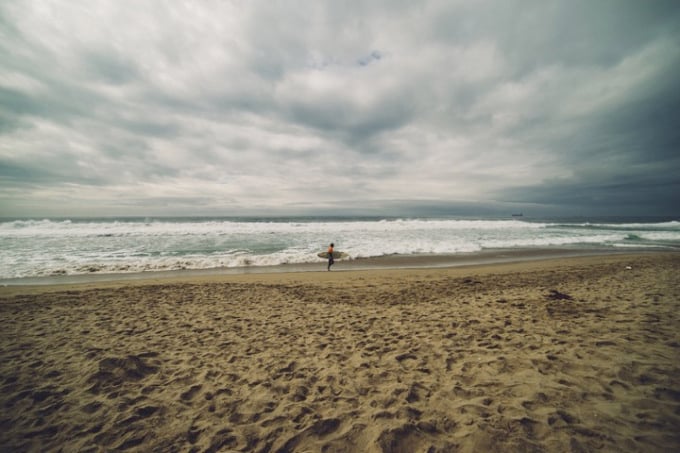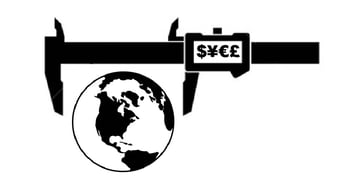The Lesson I Learned from Patagonia’s Yvon Chouinard
3 min read

Whether your company sells software or fleece hoodies, there is a core set of questions we need to ask to drive product creation and development.
I recently arrived at this conclusion following a surf trip near Puerto Nuevo, Mexico – if you surf, or have ever tried, you may feel as I do that the sport is one of the most challenging, but most rewarding activities you’ll try. During my latest trip, I had a scary experience involving currents trying to take me out to the ocean combined with an untimely calf cramp. When I finally made it to shore, I was relieved but also euphoric, and as a result felt emboldened to completely dive deeper into the sport. Based on a friend’s recommendation, I bought a book called “Let My People Go Surfing” written by Yvon Chouinard, the founder and owner of leading outdoor adventure gear company, Patagonia.
Despite the title, this book actually has very little to do with surfing. Chouinard, an avid climber and surfer, founded the company in the 1950s to support his love of climbing and all-around adventure seeking. Despite his reluctance to expand, the company grew from humble beginnings to a global leader providing a range of products that outdoor enthusiasts depend on—from snow gear to wetsuits.
Although I didn’t get many surf tips from the book, it is a treasure trove of information I can take back to my job in the tech world. Of the book’s business-focused themes, I found the principle questions that help drive the design of Patagonia’s products, which are some of the best products on the market for the outdoor adventurer and risk sport enthusiast, most interesting and applicable to my daily job responsibilities.
As a Sales Engineer at Cloudwords, a Translation Automation Platform, I’m constantly in the middle of Sales and Development for features, enhancements, and roadmap twists and turns. The questions Chouinard presents in the book resonated with me and I realize now those questions can and should be discussed regularly, no matter what your product is. Here are a few key questions from Chouinard’s book that may help guide product development at your company:
- Is it functional? At the end of the day, clients just want the product to work the way you say it will.
- Is it multifunctional? People love it when one item, tangible or intangible, serves multiple purposes. Is there a way to build this into your product with out sacrificing its core purpose?
- Is it as simple as possible? Are we resisting the temptation to create something over the top? They say simplest solutions are often the best ones.
- Is it an innovation or an invention? Are you improving on someone else’s design, or creating something from scratch yourself? In the SaaS space, novel functionality only lasts for an instant. We’re working diligently to always stay one step ahead of the competition, market direction and, of course, improving on some ideas that already exist.
- Is it art? I love the fact that there is a category of professionals whose sole purpose is to improve the aesthetics and ease of use of software. It’s important and a great reflection of how companies invest to continually improve products and experiences long after the initial sale.
- Are we designing for our core customer? Roadmaps can have some crazy twists and turns. Is the next design or enhancement developed for the people you originally set out to help? I love the battles between sales and engineering on this one. Our dev team is fiercely protective of our roadmap, but some great features that are universally popular with our client base were born thanks to prospects proposing functionality.
I’m looking forward to the next surf trip, but until then anticipate helping to shape our product each and every day. Along the way, I’ll be thinking about Chouinard, how he faced design challenges in Patagonia’s formative years, and how I can help Cloudwords make smart decisions with our product.



